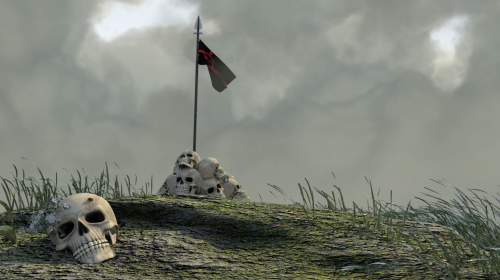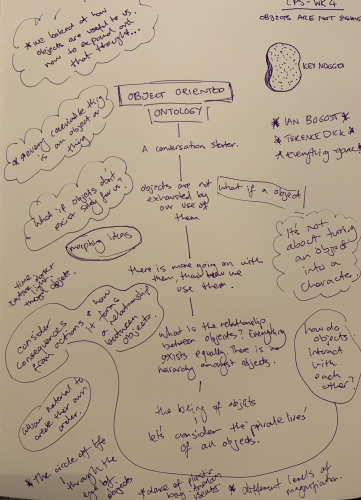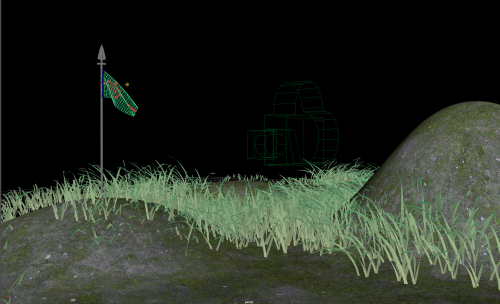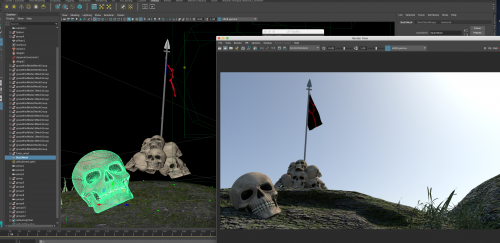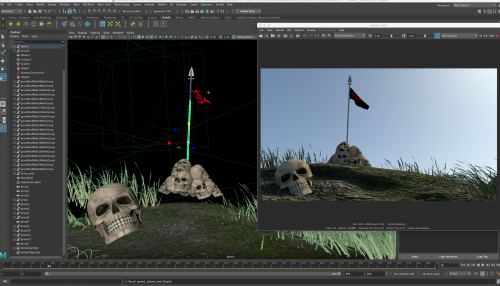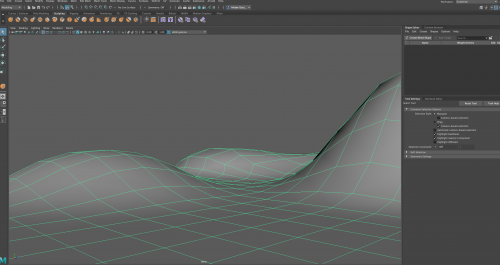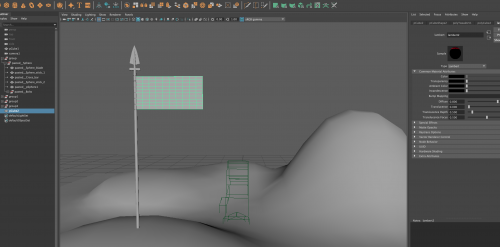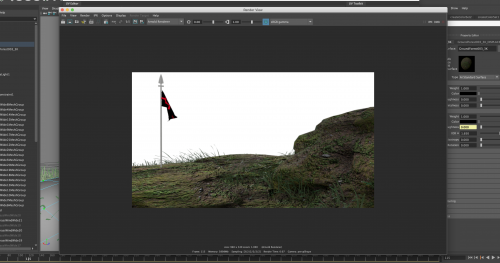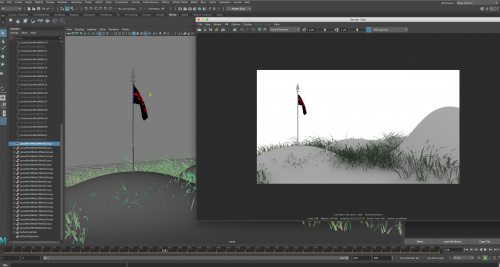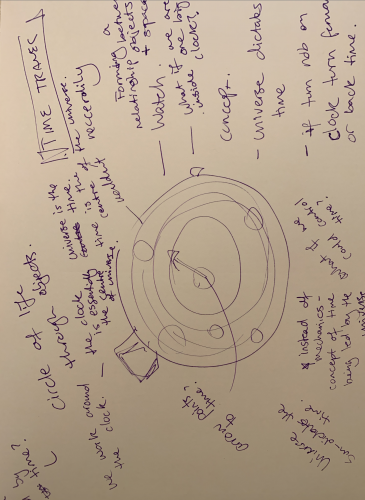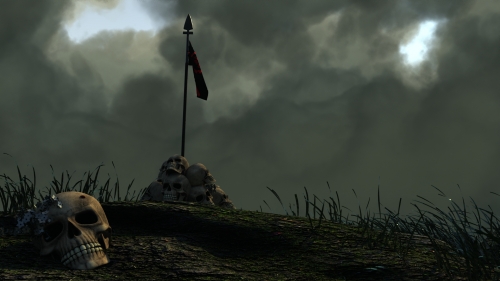Theme:
Objects are not exhausted
Context:
Object Oriented Ontology encourages us to look past our own perspective of what we think the purpose of an object might be and to look deeper into the relationship between objects themselves. How do objects interact with each other? What are the consequences from actions and how do these actions in return, affect the relationship between objects? It is the being of objects, exploring reality and considering their private lives.
In an interview with Graham Harman, he explains “objects translate each other, just as we translate them” with an idea that realism isn’t just something that exists outside our minds, but rather there is an outside to when objects interact.
https://www.youtube.com/watch?v=BmCJUzdVQWM
His ideas and theories in explaining what Object-Oriented Ontology is can essentially be considered throughout game design and cinema as a foundation for conceptual development.
Dan Sullivan, a freelance reporter and cinema blogger (https://sullivandaniel.wordpress.com)
provides an interesting insight into the relationship between “cinematic figures” and how these aren’t necessarily actors and their props, but rather every conceivable thing or object within the cinematic space is. For example, the space these actors or props are within is a figure itself and to consider that it isn’t just about a physical human being or image of a figure. Throughout any form of storytelling, there is an ongoing relationship between objects and their situation within a film frame that help provide narrative of their existence. Which brings the idea back in our lecture with Max, that every conceivable thing is an object, in which there are many different levels of magnification
to consider. A cinematic scene that I feel relates to this topic of discussion is a scene from “American Beauty” and the “plastic bag scene". This scene demonstrates a bag blowing around in the wind, essentially creating a dance and coming to life.
https://www.youtube.com/watch?v=gHxi-HSgNPc
Object-Orientated Ontology can be interpreted as ‘ the circle of life’ through the eyes of objects. Whether it is creating a new purpose for an object, morphing ideas, or exploring the relationship of objects throughout space together, there is beauty to be found throughout their form and “personal” lives.
Method:
I will add simulation to an object in 3D to provide some insight and observation into the objects behaviour and relationship within the space itself, considering how the object translates amongst any other objects that might be introduced or morphed.
Response:
My initial response to this week’s challenge was to consider and explore “time”, which will be a part of my concept for studio. Although I felt I had a fairly good understanding of what this week’s topic was, I struggled to translate my thoughts into a concept. I initially responded by brainstorming a clock and creating a relationship through the mechanical time and time dictated by the universe, with this wild idea that the clock (time) is essentially the centre of the universe and the universe is time. What if the universe was placed inside the clock giving us the power to wind forward or backwards in order to dictate time ourselves, rather than being dictated by time and creating some sort of time travelling machine in the process.
I went from having a basic idea of morphing reality and an object into a being, to having this wild concept I felt was running away too far from the exercise at hand.
I decided to re-evaluate my goals and think of something a little more achievable within a small time frame. Still thinking about this concept of time, I decided to create a quick landscape in 3D space inspired by the Vikings. On the outside I was wanting to create a quick scene that provided some context to the objects within the space, but then observe the objects more deeply and add simulation of wind to create life and being amongst the objects within the scene. I modelled the flag as my central starting point and worked my way out from there through lighting, texturing and placing other objects.
Looking at the objects themselves and what their purpose might be other than telling an overarching story from our reality, the flag can be seen as providing navigation – acting as a compass to objects below the surface. The remains allow the flag to be that compass by being piled up and creating a wall of support. Overtime, these remains through the circle of life become more than just what they once were and provide security and shelter to other beings such as bugs, mushrooms, plants – that then find life through the support from these remains. The wind creates conversation and life between the grass and the objects around it, allowing the grass to provide some security and a sense of community, allowing the flag to be communicating through being a compass, whilst the storm clouds provide water to the pants and grass in order to nourish and continue to grow, thus providing the circle of life through the objects lives.
The lens in which we view this scene, is from that of either another object or being near ground level, observing the figures within the space around it.
“Aesthetics is very central for 000" - Graham Harman
